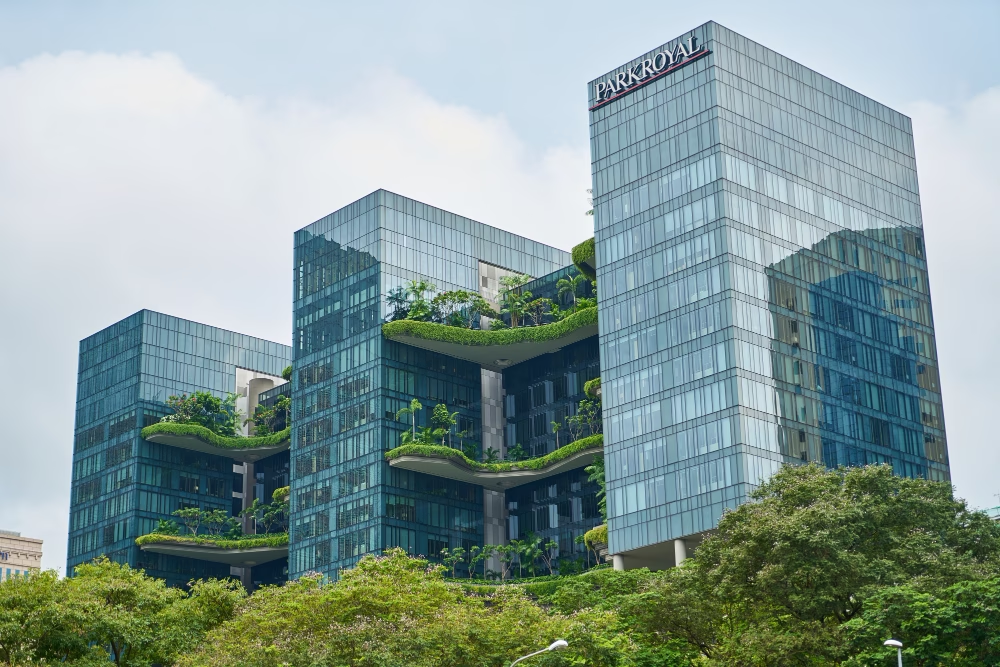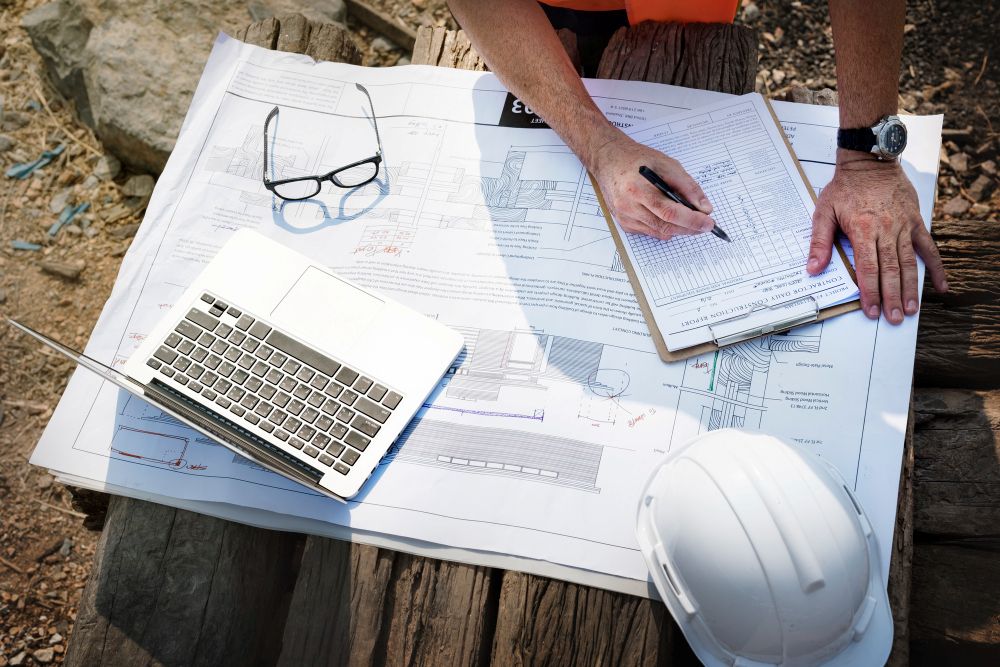
Urban Design Services That Meet Australian Green Building Standards
Discover how urban design services help meet Australian green building standards. Learn how Smart Planning and Design supports sustainable, compliant projects.
read more

Cities worldwide are witnessing a quiet revolution. As metro lines snake deeper into suburbs and downtown cores, a new breed of real estate investment is emerging: transit-adjacent development. These projects—apartments, offices, and retail spaces clustered within a 10-minute walk of transit hubs—aren’t just convenient; they’re profit engines. In cities like Tokyo and Berlin, properties near metro stations command 20–35% higher valuations than those just a kilometer away. This isn’t luck; it’s the outcome of deliberate smart planning and design that prioritizes accessibility, density, and human-centric ecosystems.
Metro expansions act as economic catalysts. When a new station opens, it triggers a domino effect: improved mobility attracts residents, residents lure businesses, and businesses create jobs. Consider London’s Elizabeth Line. Within 18 months of its launch, rental yields near stations like Paddington surged by 22%. For developers, this translates to predictable demand. Mixed-use buildings near transit hubs achieve 15% faster lease-ups, while retail spaces benefit from foot traffic that’s 40% higher than non-transit zones. The secret lies in designing for hyper-connectivity—seamless transitions from train platforms to coworking lobbies, bike shares, and green plazas.
Dallas’s DART Silver Line expansion offers a masterclass in transit-adjacent success. Developers collaborated with urban planners to transform barren plots near future stations into walkable districts. At the planned Cypress Waters station, a derelict industrial site is now a thriving micro-city. Key tactics included:
Winning transit-adjacent projects reject isolated towers in favor of integrated ecosystems. Copenhagen’s Ørestad district exemplifies this. Every building within 800 meters of the metro station serves multiple purposes: apartments above grocery stores, offices beside clinics, and parks doubling as stormwater basins. This 15-minute transit ecosystem reduces car dependency while boosting tenant retention. For architects, it means prioritizing:
Resistance to density remains the biggest barrier. In Toronto, developers near the Eglinton Crosstown LRT faced community pushback until they adopted transparent engagement tools:
Transit-adjacent developments that embrace green design outperform market averages. Stockholm’s Hammarby Sjöstad—built around a tram hub—achieved 30% lower vacancy rates by integrating:
As remote work reshapes cities, metro hubs become anchors of urban vitality. Hybrid workers still crave connectivity for meetings, childcare, and culture—needs best met in transit-adjacent districts. Projects like Denver’s Union Station prove this resilience: post-pandemic, its offices and rentals recovered 18 months faster than car-dependent suburbs. For forward-thinking developers, investing near metro hubs isn’t just profitable—it’s urban alchemy. It transforms concrete and steel into communities where economic returns and quality of life fuel each other.

Discover how urban design services help meet Australian green building standards. Learn how Smart Planning and Design supports sustainable, compliant projects.
read more

Discover the benefits of mixed-use developments in town planning Australia. Learn how they boost convenience, sustainability, and community connection.
read more

Discover why feasibility studies are essential in town planning Australia. Learn how they save time, reduce risks, and improve approval chances.
read more